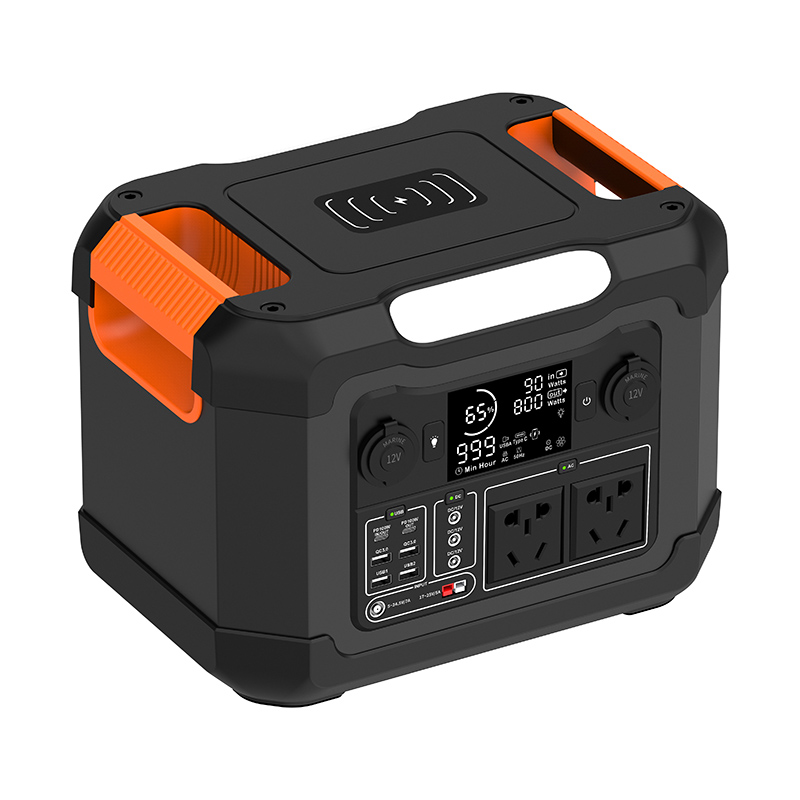Understanding the Conversion of DC to AC Power in a Portable Power Station
2024-05-22
Portable power stations are versatile devices that can provide both DC (direct current) and AC (alternating current) power on the go. While DC power is the native form of electricity generated by batteries, many appliances and electronic devices require AC power to operate. In this blog, we'll explore how a portable power station converts DC power to AC power.
The Inverter: The Heart of the Conversion Process
The key component in converting DC power to AC power in a portable power station is the inverter. An inverter is an electronic device that changes the direction of the flow of electricity from DC to AC. It accomplishes this by using electronic switches and control circuitry to generate a sinusoidal wave that simulates the behavior of AC power.
The Conversion Process
Here's a simplified overview of how the inverter converts DC power to AC power in a portable power station:
DC Input: The inverter receives DC power from the battery of the portable power station. This DC power is the starting point for the conversion process.
Electronic Switches: The inverter uses electronic switches, such as transistors or MOSFETs, to control the flow of electricity. These switches are rapidly opened and closed in a precise pattern to create the desired AC output.
Control Circuitry: The control circuitry within the inverter manages the operation of the electronic switches. It ensures that the switches are operated at the correct frequency and voltage to produce the desired AC output.
Output Filter: After the AC signal is generated, it passes through an output filter. This filter removes any unwanted harmonics or distortions from the signal, resulting in a clean and stable AC output.
AC Output: The final AC output is then made available through the AC outlets of the portable power station. This AC power can be used to power a wide range of appliances and electronic devices.
Benefits of AC Power
Converting DC power to AC power in a portable power station provides several benefits:
Compatibility: Many appliances and electronic devices require AC power to operate. By converting DC power to AC power, a portable power station can power a wider range of devices.
Stability: AC power is more stable than DC power, especially over long distances. Converting DC to AC ensures that the power provided by the portable power station is stable and reliable.
Voltage Regulation: Inverters often include voltage regulation circuitry that ensures the AC output voltage remains within a specified range, even if the battery voltage fluctuates. This protects connected devices from voltage variations that could damage them.
In conclusion, the inverter plays a crucial role in converting DC power to AC power in a portable power station. By understanding the conversion process and the benefits of AC power, users can better utilize the capabilities of these versatile devices.



